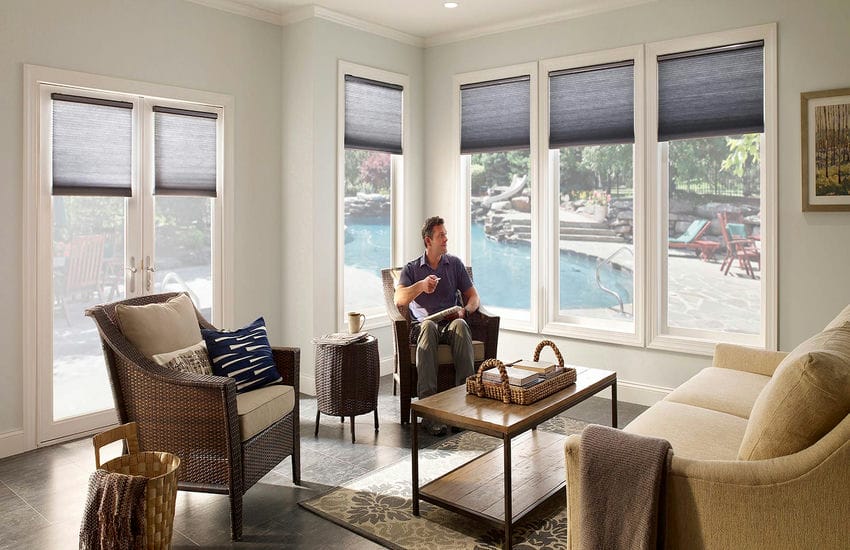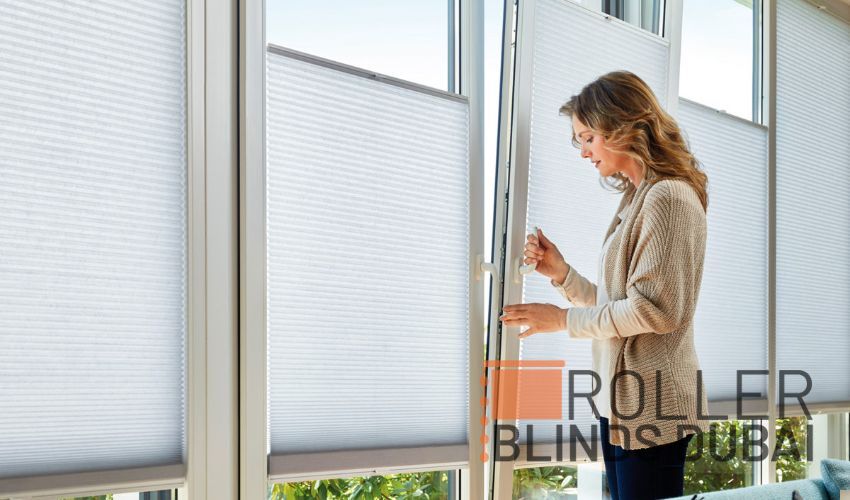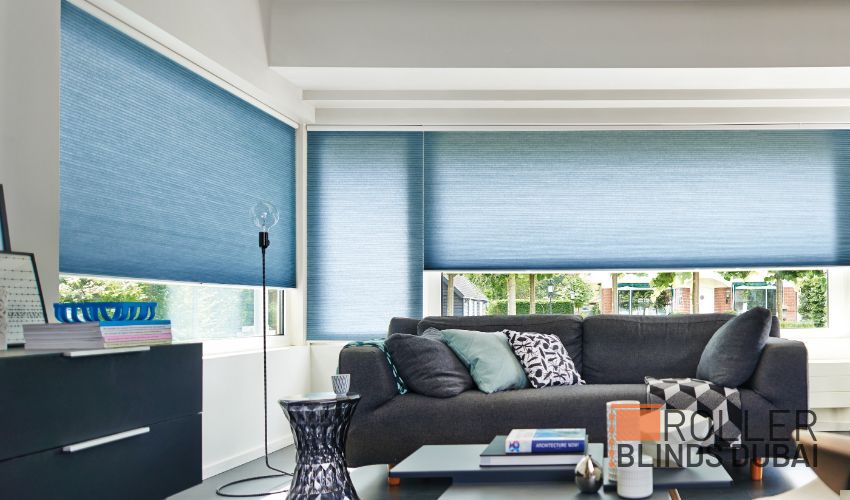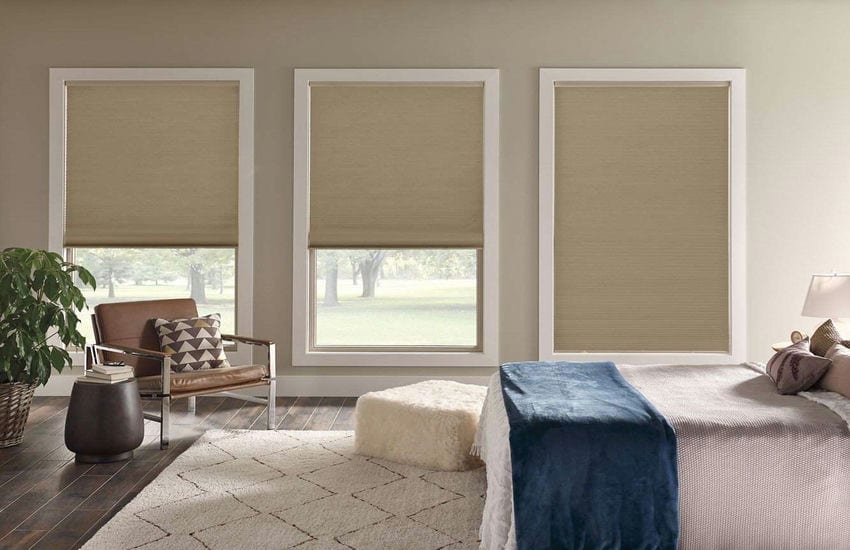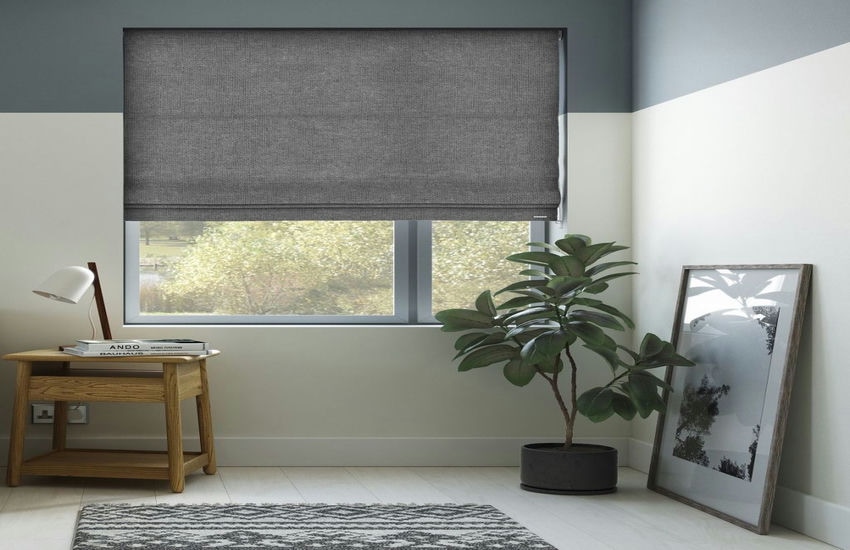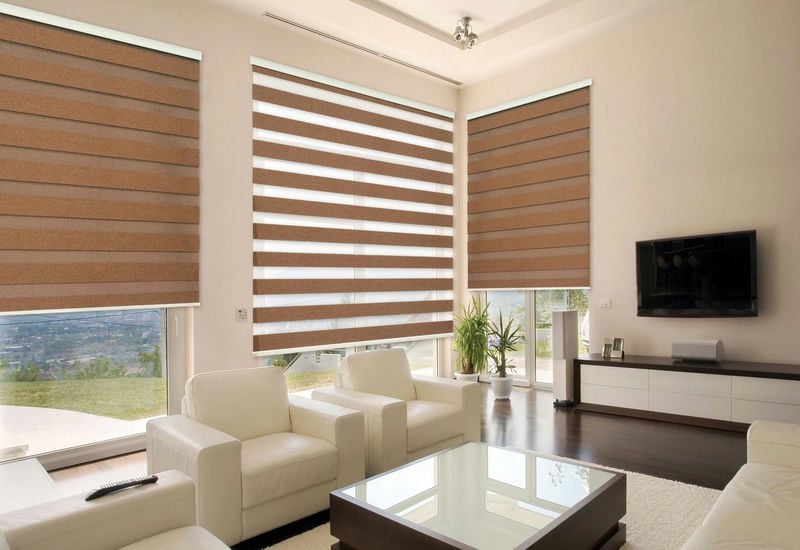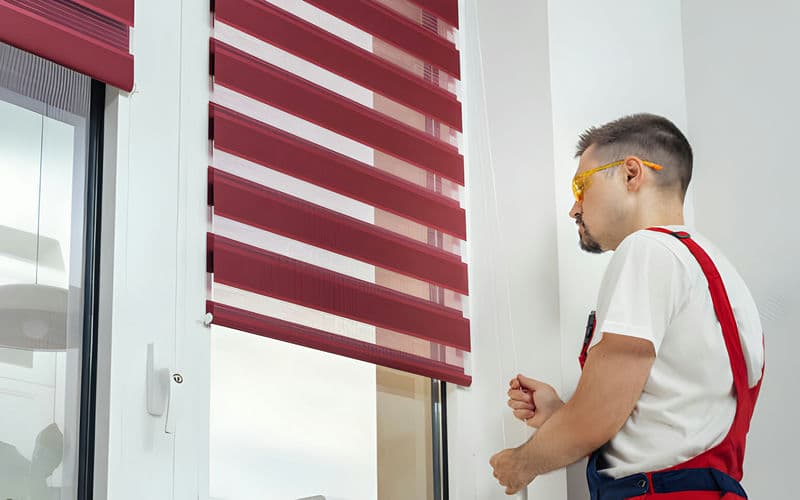Motorized blinds have grown in popularity in recent years for homes and offices. Motorized blinds can be raised, lowered, and tilted instantly with the push of a button. Traditional blinds have to be operated by hand. Because of this, they are great for windows that are hard to get to or for people who want to control their blinds without getting up. There are a few important factors to consider when choosing motorized blinds to make sure you get the best one for your needs and space.
Quietness of Operation
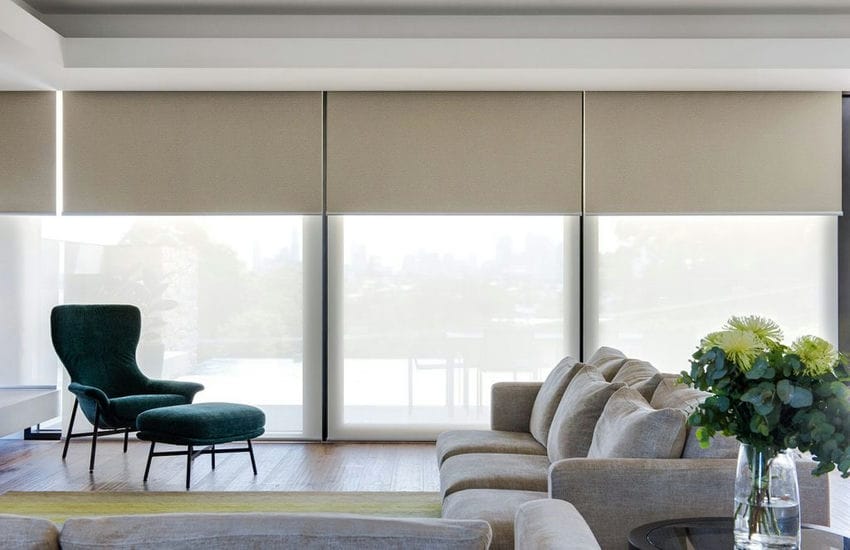
Blinds that have poorly designed motors can be very loud and distracting. Look for brands that specialize in quiet motors or that explicitly state the decibel rating. Also, consider the noise from other operations like tilting slats or raising/lowering rails. Visit a showroom to view options in person and assess the volume. Quieter blinds also tend to indicate better craftsmanship and higher-quality parts.
Ease of Use and Automation
A major reason to choose motorized blinds is to enable easy operation at the touch of a button. Evaluate both the remote control and the onboard controls on the blinds themselves in terms of simplicity. Things like positioning and size of buttons, labeling, number of available settings, and screen displays affect overall usability.
Also, consider connectivity options for home automation systems and voice control assistants. Motorized roller blinds that can interface with smart home platforms allow for more versatile and hands-free control over your shades. It also future-proofs your investment if you decide to add more smart products down the road.
Power Options
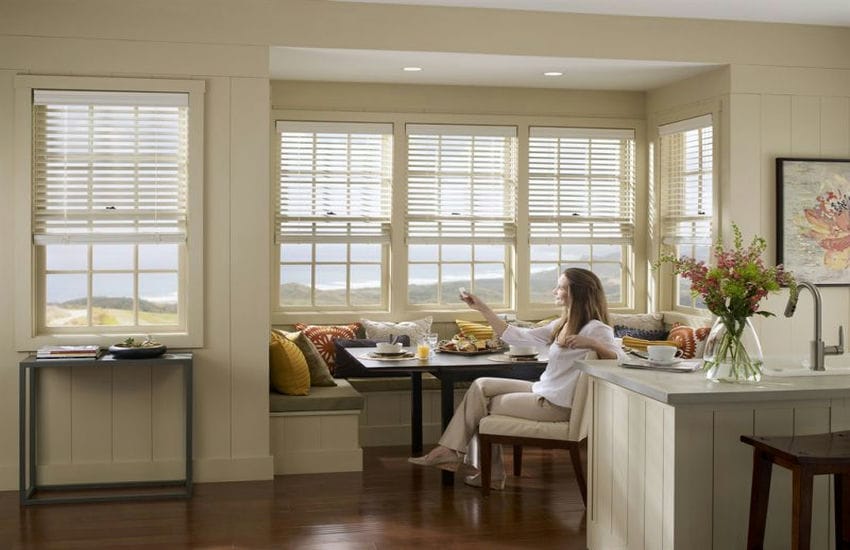
How the blinds get power is an additional aspect requiring some deliberation. Most often, motorized blinds run on battery power in order to facilitate simpler installation. Some shades have options for both battery and plug-in operation, giving you flexibility. Alternatives like hardwired and solar-powered blinds involve professional installation but avoid battery maintenance. Think about access to power outlets, lighting conditions, window locations, and long-term costs when weighing power options.
Size Capabilities
An important specification to check is the size capacity of the motorized blinds, including width, length and total coverage area. The motors and mechanisms must be adequately designed and tested to handle larger blinds that are heavier in weight. Insufficient power, torque, and lift capacity can cause problems with larger shades.
Brand rating, sizes of blinds used in testing protocols, and weight tolerance markers can help guide selection. Additionally, the size of your specific windows is key. Provide accurate window measurements and confirm the blinds will operate reliably under full extension or coverage. Consulting with customer service may also be wise for unusually large spaces.
Warranties and Service
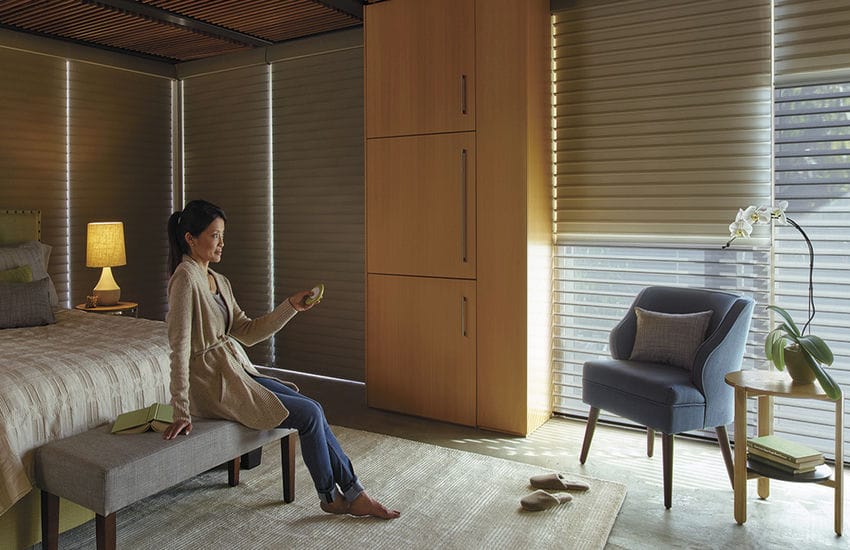
When investing in motorized shades, product warranties and access to service provide peace of mind should problems arise. Most quality brands offer warranties between 3-10 years. Beyond covering defects, good warranties also include accident damage and repair costs for a certain period.
Additionally, check where servicing would be available in your area and what turnaround times tend to be. For example, brands with networks of dealers and certified installers can often address issues quicker than brands that rely on shipping products out of the area. Ease of service affects long-term satisfaction and functional lifespan.
Child and Pet Safety
It is important to think about child and pet safety when picking motorized blinds. Kids and animals could accidentally get caught in the cords. It can be dangerous. Or little fingers could get pinched as slats turn. Some motorized blinds come with safety features to prevent these issues.
Look for brands that test cords for strangulation hazards. Some have breakaway designs. It means cords detach if pulled too hard. Opt for models with object detection also. Sensors can stop blinds if something is blocking them. These features give parents and pet owners peace of mind. Motorized shades let you control the blinds remotely. But make sure safety comes first.
Light Blocking Ability
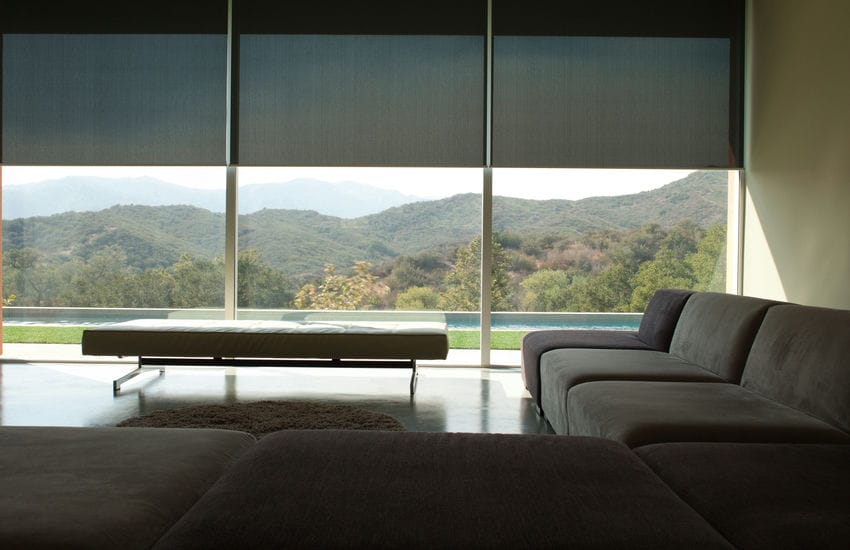
Do you need your motorized shades to block outside light fully? If so, light-blocking ability should be a big decision factor. Light blocking ability is measured in “opacity.” Opacity is how much light shines past the closed blind. Some materials and textures do better than others.
Metallic or plastic vinyl blinds often have the highest opacity rating. This is because the slats are solid and leave little space between them when closed. If you have a bedroom or theater room, near-blackout opacity is important. But be aware more opacity can mean less visibility outside when blinds are down. Make sure you still maintain some outward visibility if desired. In living spaces, a balance is best.
Conclusion
The technology behind motorized window shades has expanded possibilities for convenience, automation, and design. However, with more components and mechanisms, extra diligence is required when evaluating different products to find the best fit. Keep in mind the key factors to consider when choosing motorized blinds like noise, usability, power, capacity, and warranty to ensure your selection meets your needs. Analyzing your space, requirements and quality benchmarks leads to smart investments and stylish shades you’ll enjoy for years.

